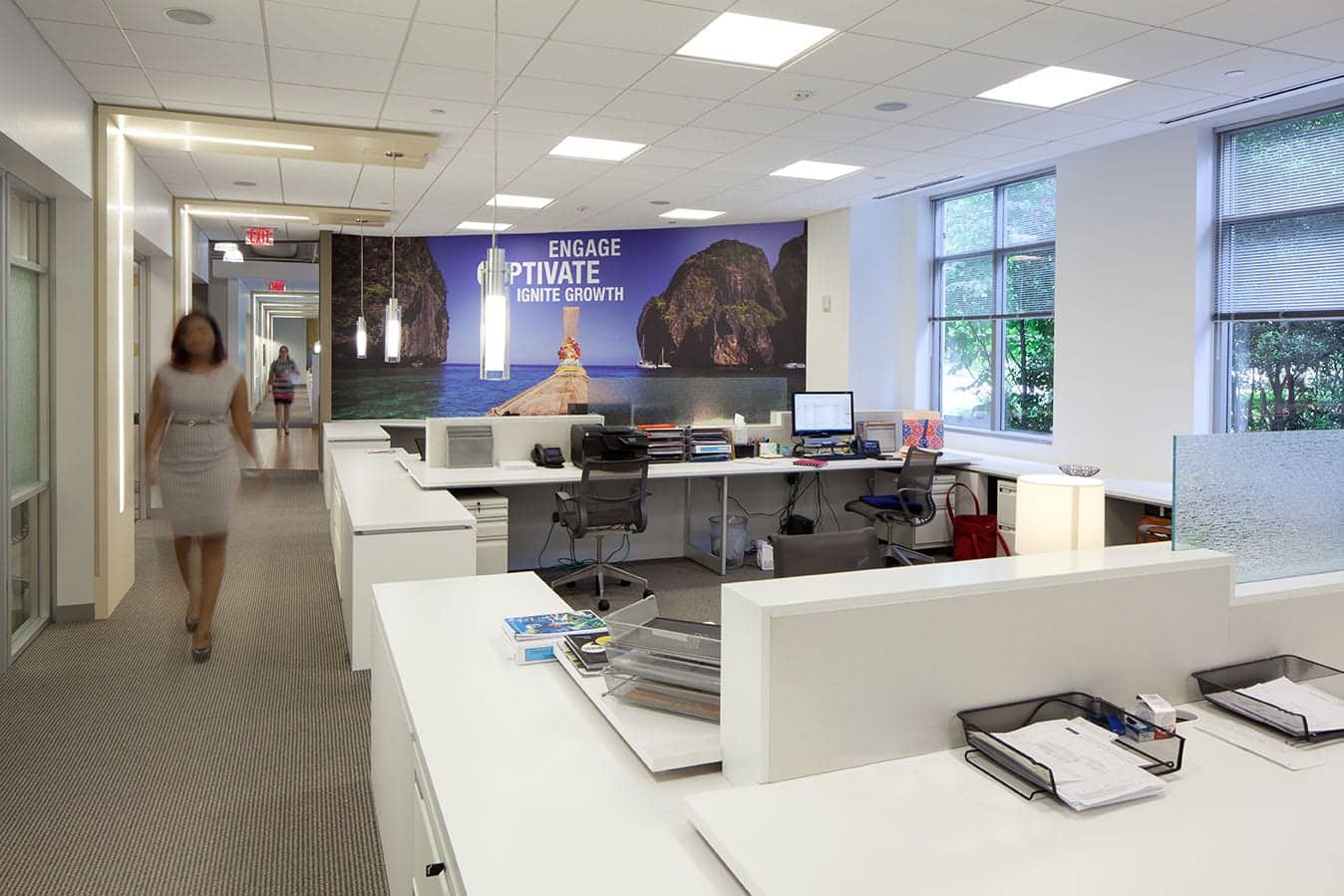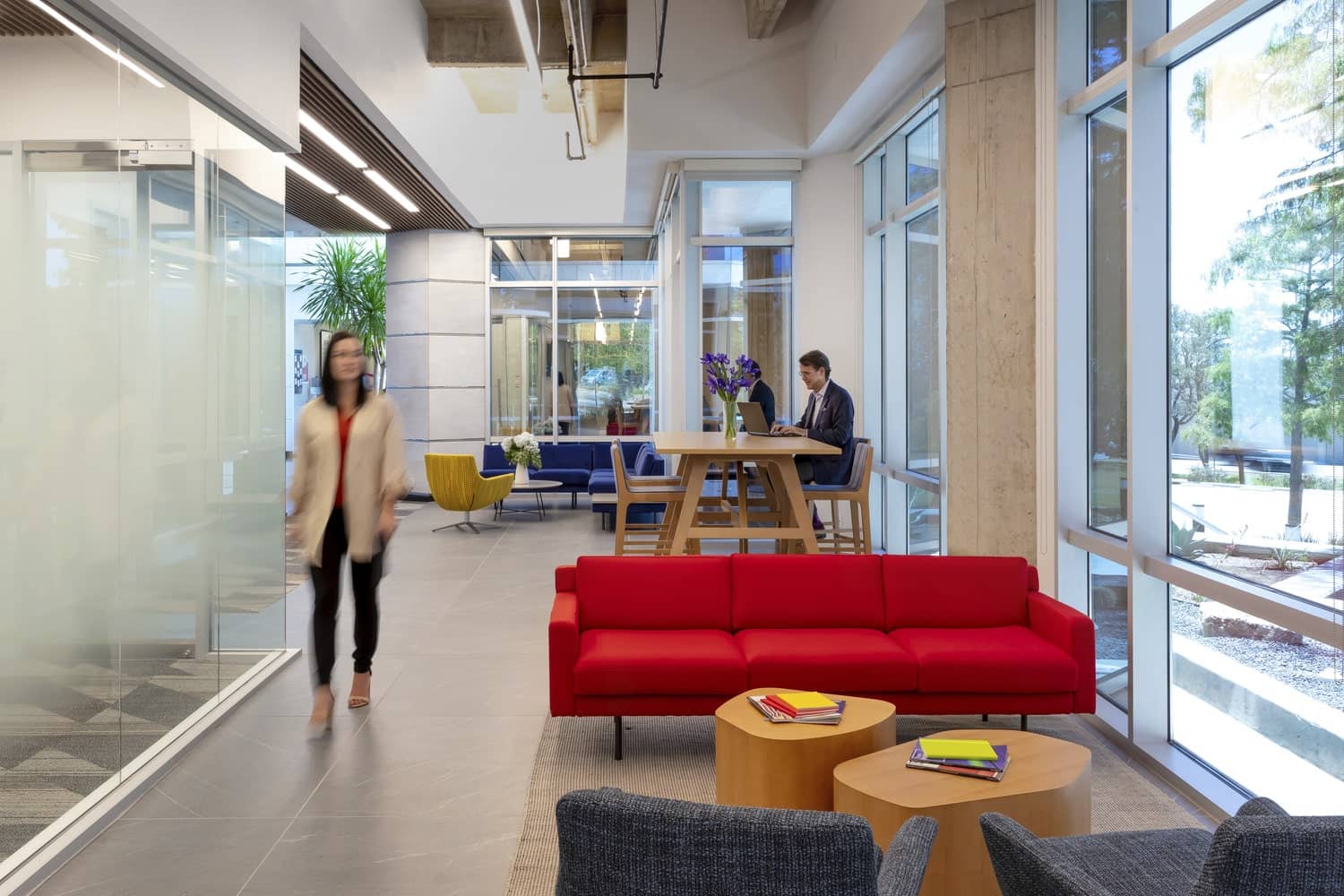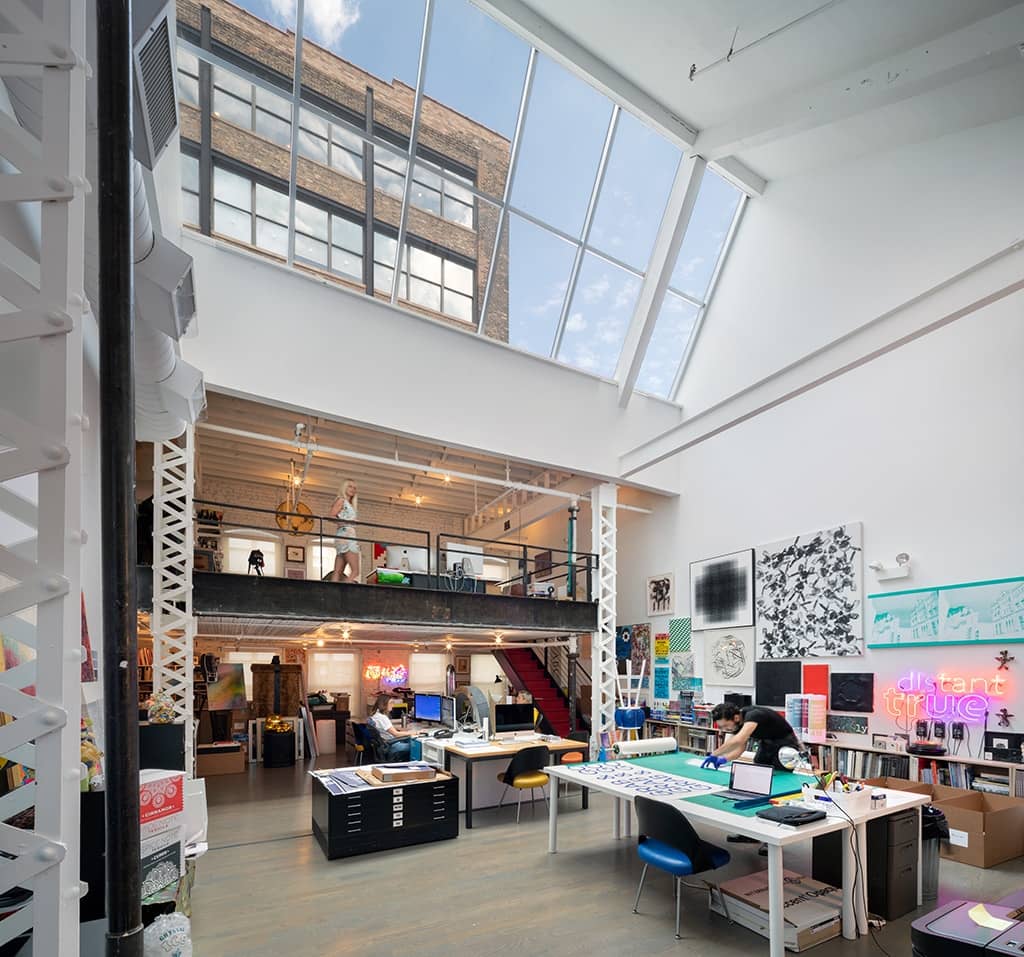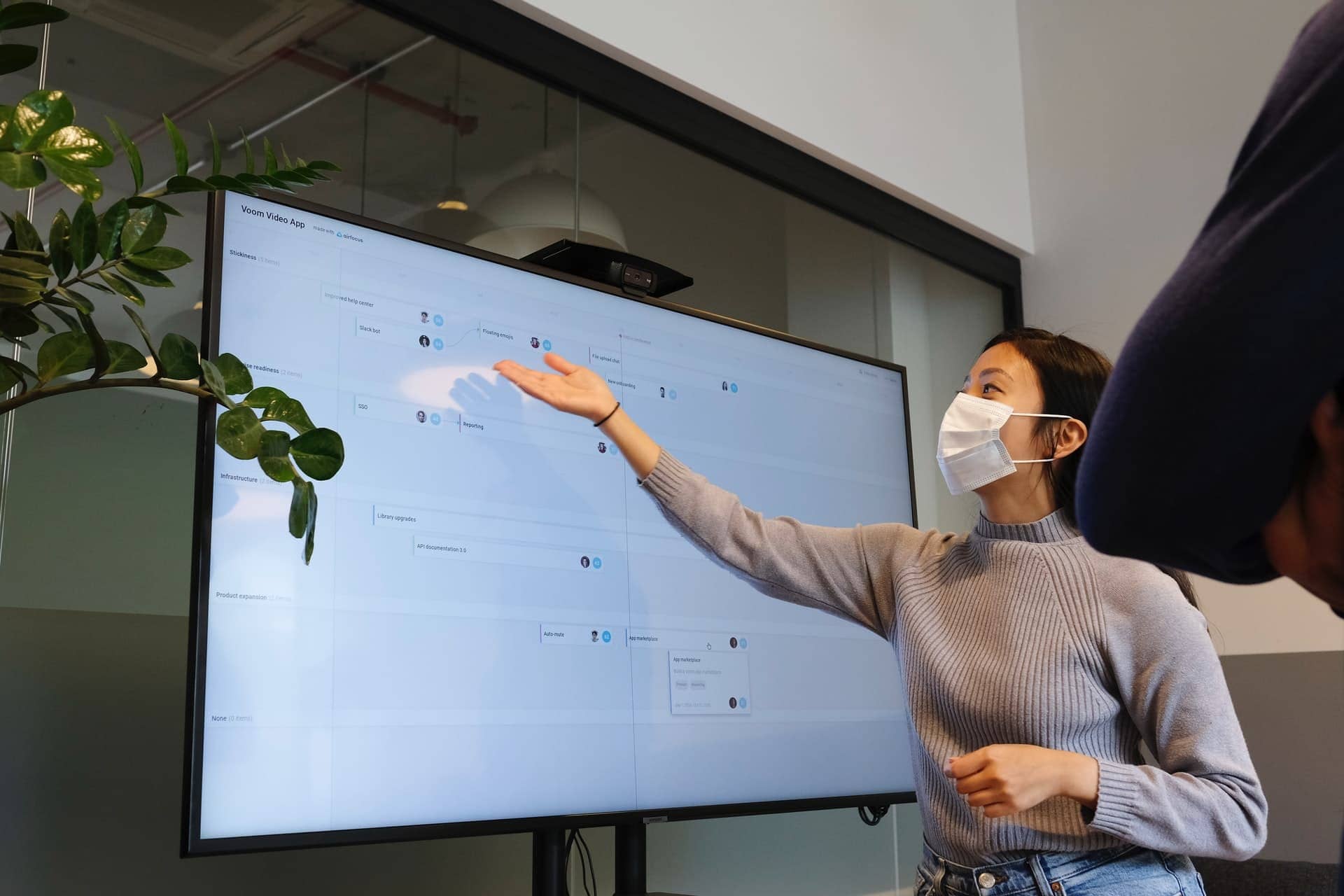The technology industry is an insatiable beast nearing $4 trillion in annual spending—and growing. According to SpiceWorks, 44% of businesses plan to increase tech spend in 2020, up from 38% in 2019. The smart office concept is especially gaining traction, but what about smart design? Specifically, generative design?
Generative design is a process that combines artificial intelligence with human intelligence to create a dynamic office space that most accurately reflects the specific goals and needs of the company and its employees. In other words, it’s the near perfect office.
The process is quite simple. Data is collected via surveys, interviews and observations from the company and its employees to assess desired working conditions and values. Things that may be considered during this process:
- Traffic flow—Do certain positions like HR require (or want) to be closer to high-traffic areas and employees?
- Lighting—How much natural light is too much and does it negatively impact certain job functions? Do some employees prefer to be near windows?
- Privacy—Is there a preference between private, less-noisy areas versus high-interaction workspace?
- Sociability—Is there a desire for fun, communal space where employees can socialize and collaborate? Think game rooms, lounges, etc.
- Furniture—Understanding ergonomic preferences based on employee wellness.
- Amenities—What do employees need and want to achieve that work-life balance?
- Greenery—Something as simple as bringing the outside in or creating an outdoor space can have a profound influence on employee morale and production.
Once the data has been collected, additional information on utilities, physical space limitations, material preferences, architecture specs—and of course cost—are added to an algorithm that can generate hundreds of design solutions that satisfy MOST items on the wish list. From there, a strategic vetting process selects the final design that in theory, is pleasing to everyone in the organization.
This same data is also beneficial to property owners, and even investors, as they can more clearly track what employees, and thus companies, are prioritizing and seeking in office space. Overall property layout, design, and amenities are a key feature in attracting tenants and employees. Everything from “bringing the outdoors in” to common or private meeting areas can help tenants immediately maximize their office space.
So from a certain perspective, generative design can be considered the holy grail of organizational culture because everybody benefits: it achieves employee wellness, ensures top talent recruitment and retainment, and maximizes productivity. And while this type of machine learning and analytics is still relatively in its infancy within the office space, we certainly expect to see more of it as employers seek new tools to fill their workforce arsenal and guidance on new growth opportunities.While generative design offers a more detailed look at in-office data, we already know that employees tend to prefer live-work-play environments.
To learn more about the unique ways office developers and investors are already incorporating live-work-play amenities, click here.




